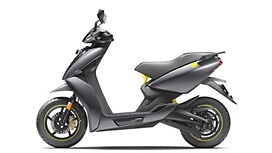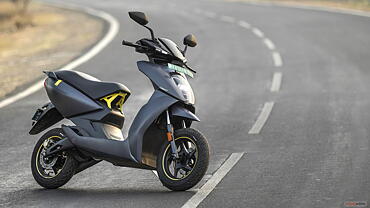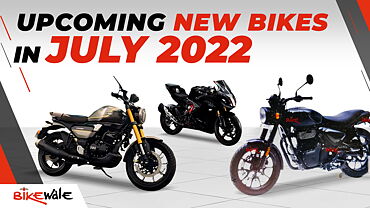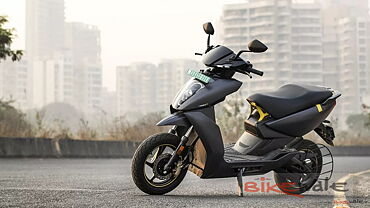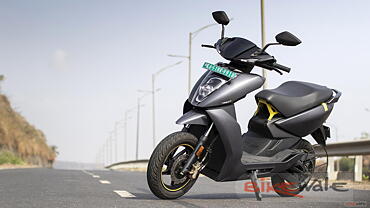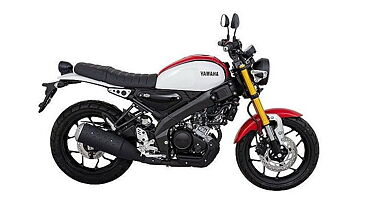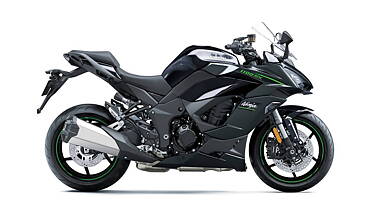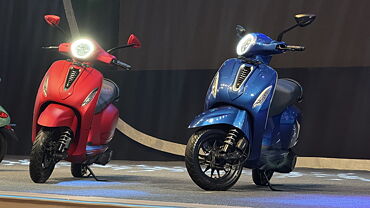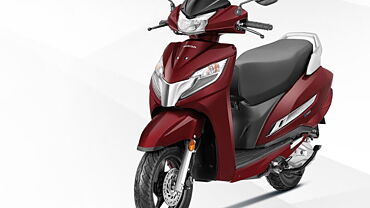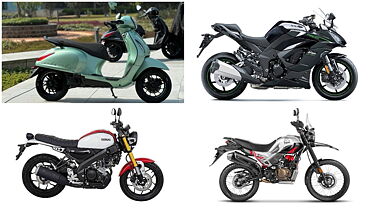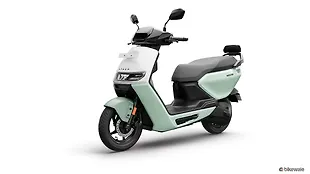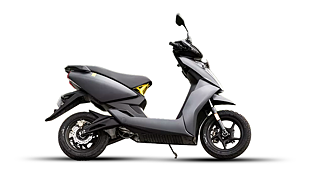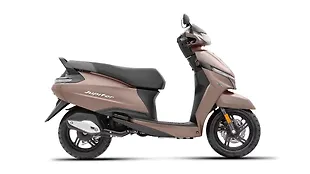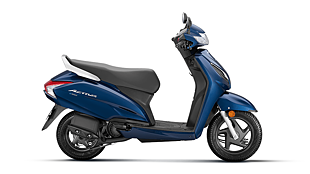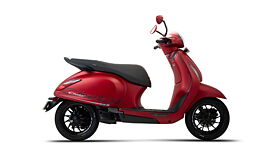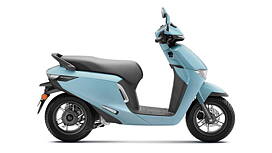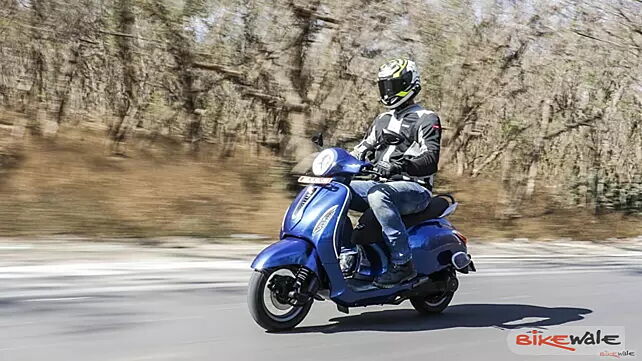
The electric two-wheeler market in India is slowly increasing its footprint and buyers are now getting a tad more options to choose from. Manufacturers are constantly working on different tech for the batteries to provide a maximum range for convenience and spirited e-mobility adoption. So far, there have been four different types of batteries used in electric two-wheelers and we’ve explained all of them here.
Lead-acid
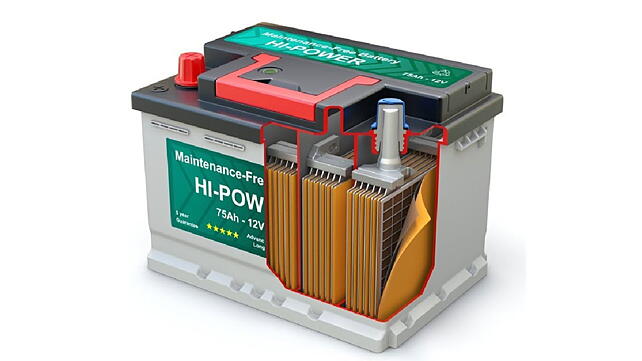
As the EV wave first hit, most of the vehicles were equipped with Lead-acid batteries and this stayed the same for the longest time. Lead-acid batteries comprise a negative porous lead electrode on a plate submerged in dilute sulfuric acid. The latter is the area for the charge and discharge occurrence wherein chemical energy is converted to electric and vice versa.
With that being said, these batteries have a low energy density and are also on the heavier side. Not to mention, while Lead-acid batteries have a low cost of manufacturing, these simply aren’t good enough for longer use.
Lithium-ion
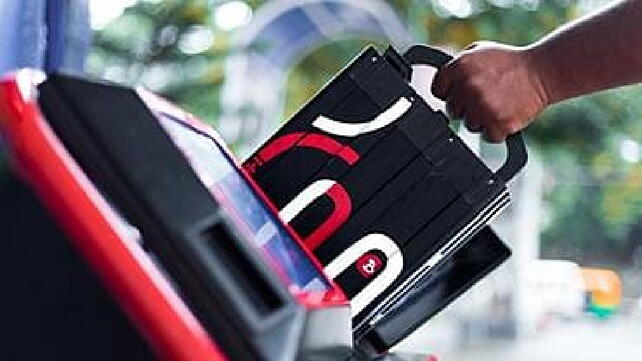
After the Lead-acid battery, it was the Lithium-ion ones to have taken over the market. Most of the electric two-wheelers that we see running on the road are equipped with Lithium-ion batteries. These are fairly new and denser as well.
A Lithium-ion battery consists of positively charged lithium ions that are transferred via liquid electrolyte from the anode (negative end during discharge) to the cathode (positive end during discharge) and vice versa, thereby creating the necessary charge. Compared to the Lead-acid units of the yesteryear, Lithium-ion batteries weigh less and cost more. These also give you the option to fast charge and the discharge rate is slow too.
Nickel Metal Hydride (NiMH)
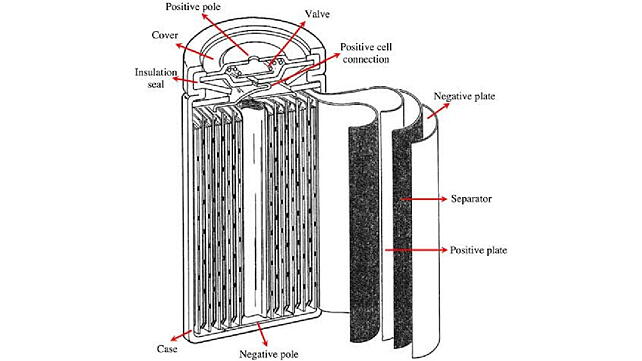
Nickel Metal Hydride batteries have been around for a while but their application has majorly served hybrid vehicles (ICE and electric) and hence these aren’t heard of. In these, the charge and discharge occur among the electrodes that consist of the hydrogen-absorbing alloy and nickel oxide hydroxide, using an alkaline electrolyte. These are typically used as a substitute for similarly shaped non-rechargeable alkaline batteries. Not to mention, NiMH units are also less prone to leaking and explosion. However, the cost is on the higher side.
Solid State
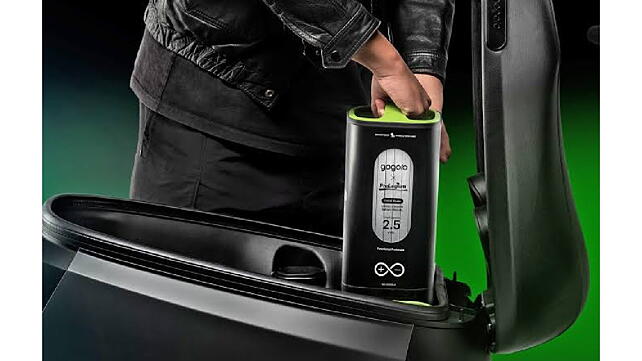
Last but not least, the latest development in the battery segment has brought the Solid State battery. The world’s first unit has been developed by Gogoro and ProLogium Technology. In simple terms, a Solid State battery uses a solid electrolyte instead of a liquid one that we see in Lithium-ion batteries. In this too, the ions travel from the anode to the cathode and vice-versa but the energy density is higher. Not to mention, these are aimed to last longer and be much safer and more compact. The two aforementioned Taiwanese manufacturers are still developing the technology and the Solid State batteries are still in the early stages of development.
